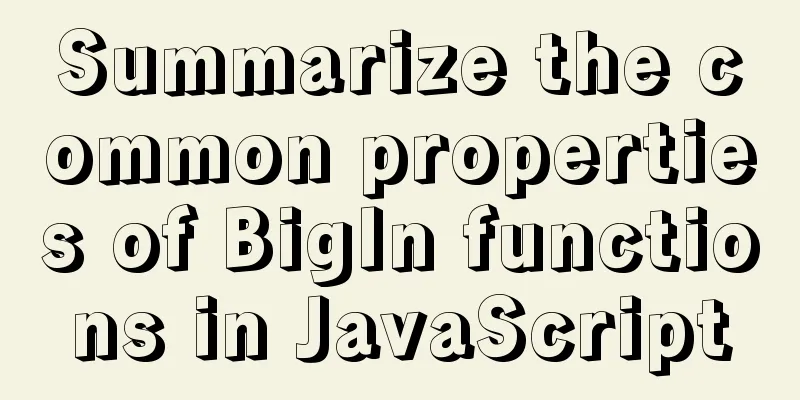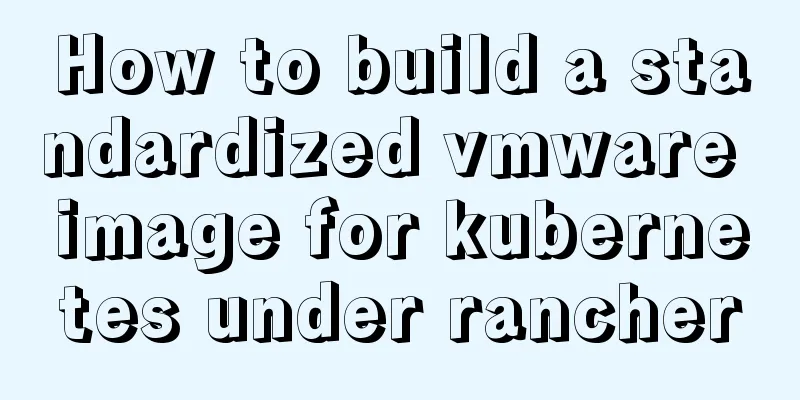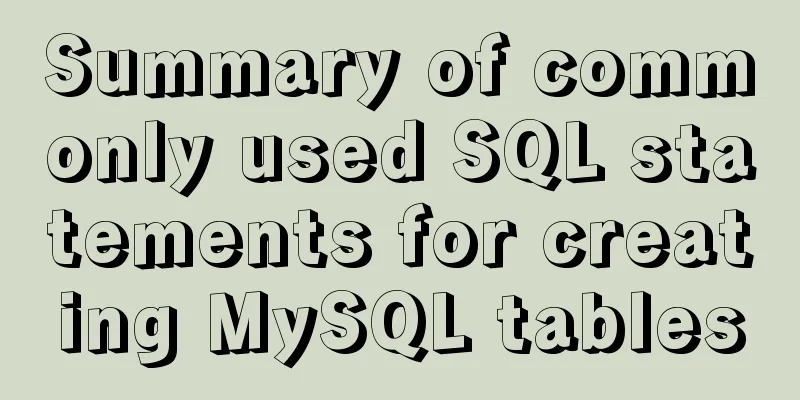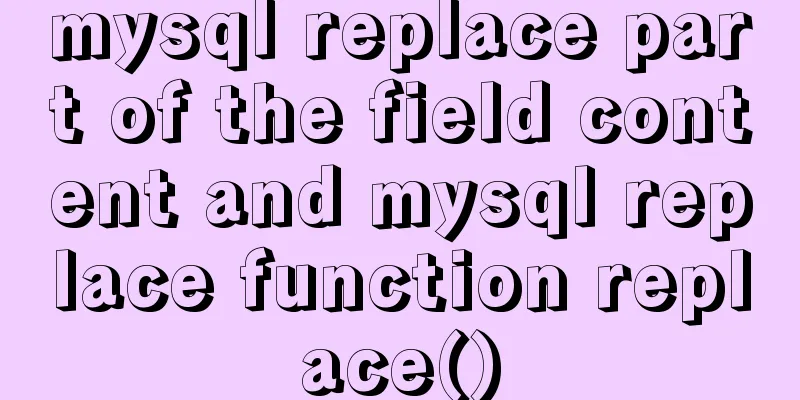Tutorial on installing mysql under centos7

|
Recently, I plan to deploy a cloud disk on my home server, so I started a series of environment setup operations. When installing MySQL, I found some differences from before, so I wrote them down to avoid searching for problems like today next time. 1. Uninstall the old version Use the following command to check whether MySQL Server is installed If yes, uninstall it with the following command rpm -e mysql //Normal deletion mode rpm -e --nodeps mysql //Forced deletion mode. If you are prompted to delete other dependent files when using the above command, you can use this command to forcefully delete them. Two: Install MySQL 1. Install dependencies 2. Get the source code (in China, it is recommended to download from Sohu's mirror http://mirrors.sohu.com/mysql... wget http://mirrors.sohu.com/mysql/MySQL-5.7/mysql-boost-5.7.24.tar.gz tar xvf mysql-boost-5.7.24.tar.gz cd mysql-5.7.24 3. Compile and install cmake \ -DCMAKE_INSTALL_PREFIX=/usr/local/mysql \ -DMYSQL_DATADIR=/usr/local/mysql/data \ -DSYSCONFDIR=/usr/local/mysql/etc \ -DWITH_MYISAM_STORAGE_ENGINE=1 \ -DWITH_INNOBASE_STORAGE_ENGINE=1 \ -DWITH_MEMORY_STORAGE_ENGINE=1 \ -DWITH_READLINE=1 \ -DMYSQL_UNIX_ADDR=/usr/local/mysql/data/mysql.sock \ -DMYSQL_TCP_PORT=3306 \ -DENABLED_LOCAL_INFILE=1 \ -DWITH_PARTITION_STORAGE_ENGINE=1 \ -DEXTRA_CHARSETS=all \ -DDEFAULT_CHARSET=utf8 \ -DDEFAULT_COLLATION=utf8_general_ci \ -DDOWNLOAD_BOOST=1 -DWITH_BOOST=./boost make && make install For compilation parameters, please refer to http://dev.mysql.com/doc/refm.... Three: Configure MySQL Use the following command to check whether there is a mysql user and user group cat /etc/passwd #View the user list cat /etc/group #View the user group list If not, create groupadd mysql useradd -g mysql mysql Modify /usr/local/mysql permissions chown -R mysql:mysql /usr/local/mysql MySQL 5.7.18 and later no longer provides a default MySQL configuration file. Here we found a simple configuration on the Internet. vi /etc/my.cnf and then write the following content [client] port = 3306 default-character-set=utf8 [mysqld] # General configuration options basedir = /usr/local/mysql datadir = /usr/local/mysql/data port = 3306 character-set-server=utf8 default_storage_engine = InnoDB sql_mode=STRICT_TRANS_TABLES,NO_ZERO_IN_DATE,NO_ZERO_DATE,ERROR_FOR_DIVISION_BY_ZERO,NO_AUTO_CREATE_USER,NO_ENGINE_SUBSTITUTION Configure the service script cp /usr/local/mysql/support-files/mysql.server /etc/init.d/mysql chkconfig mysql on #Add to startup items service mysql start #Start mysql Add the mysql executable file to the path directory, vi /etc/profile PATH=/usr/local/mysql/bin:$PATH export PATH Then execute source /etc/profile Four: Initialize mysql 1. Execute the initialization script (the last line of the initialization will generate the mysql root password, please record it, or you can use ./mysqld --initialize--insecure to initialize an account with an empty password) cd /usr/local/mysql/bin ./mysqld --initialize --user=mysql --basedir=/usr/local/mysql --datadir=/usr/local/mysql/data ... 2019-04-11T14:34:15.922856Z 1 [Note] A temporary password is generated for root@localhost: /rTmud(Th5Yy 2. Open port 3306 on the firewall The method of adding ports in Firewalld is as follows: firewall-cmd --zone=public --add-port=3306/tcp --permanent firewall-cmd --reload Summarize The above is the tutorial on how to install MySQL under CentOS 7 introduced by the editor. I hope it will be helpful to everyone. If you have any questions, please leave me a message and the editor will reply to you in time. I would also like to thank everyone for their support of the 123WORDPRESS.COM website! You may also be interested in:
|
<<: js converts a multidimensional array into a one-dimensional array and then reorders it
>>: Detailed explanation of whereis example to find a specific program in Linux
Recommend
MySQL database Shell import_table data import
Table of contents MySQL Shell import_table data i...
Detailed tutorial on installing MySQL 8 in CentOS 7
Prepare Environmental information for this articl...
10 Tips to Improve Website Usability
Whether it is a corporate website, a personal blo...
WeChat applet implements waterfall flow paging scrolling loading
This article shares the specific code for WeChat ...
5 Tips for Protecting Your MySQL Data Warehouse
Aggregating data from various sources allows the ...
Install mysql5.7.13 using RPM in CentOS 7
0. Environment Operating system for this article:...
Tutorial on using the hyperlink tag in HTML
The various HTML documents of the website are con...
Install Memcached and PHP Memcached extension under CentOS
Regarding the high-performance distributed memory...
MySQL 5.7.19 (tar.gz) installation graphic tutorial under Linux
The first tutorial for installing MySQL-5.7.19 ve...
Detailed explanation of the use of this.$set in Vue
Table of contents Use of this.$set in Vue use Why...
VirtualBox CentOS7.7.1908 Python3.8 build Scrapy development environment [graphic tutorial]
Table of contents environment Install CentOS Conf...
The advantages and disadvantages of nginx and lvs and their suitable usage environment
At the very beginning, let's talk about what ...
Detailed explanation of Vue life cycle
Table of contents Why understand the life cycle W...
How to install MySQL 5.7.29 with one click using shell script
This article refers to the work of 51CTO blog aut...
Detailed explanation of mixins in Vue.js
Mixins provide distributed reusable functionality...









